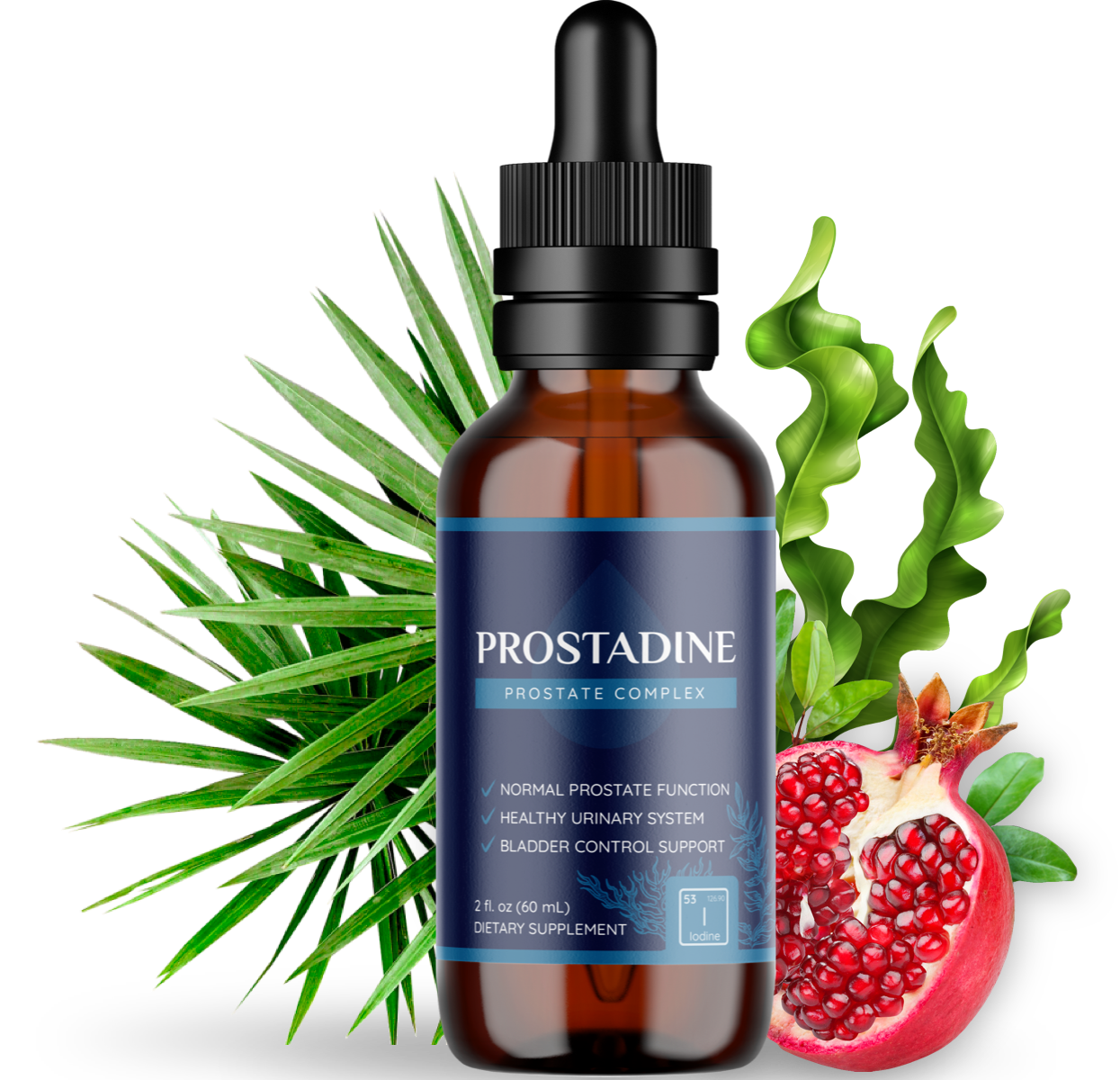| Recommend 6 Prostate Supplements |
|
Can Prostate Hyperplasia cause pain or discomfort in the testicles?
Benign prostatic hyperplasia (BPH) primarily affects the prostate gland and the urinary system, but it can sometimes cause referred pain or discomfort in the testicles or groin area. Here are some ways in which BPH may contribute to testicular pain or discomfort:
- Radiating Pain: In some cases, pain or discomfort from the lower abdomen or pelvis, where the prostate gland is located, can radiate or refer to the testicles or groin area. This referred pain may be perceived as a dull ache, pressure, or discomfort in the testicles or groin, even though the prostate gland itself is not directly involved.
- Secondary Symptoms: BPH can cause urinary symptoms such as urinary urgency, frequency, weak urine stream, and difficulty initiating or maintaining urination. These urinary symptoms may lead to discomfort, distraction, or anxiety during urination or sexual activity, which can result in referred pain or discomfort in the testicles or groin area.
- Complications: In some cases, complications of BPH, such as urinary retention, urinary tract infections (UTIs), or bladder stones, may contribute to testicular pain or discomfort. For example, urinary retention can lead to bladder distension and increased pressure in the lower abdomen or pelvis, which may radiate to the testicles or groin area. Similarly, UTIs or bladder stones can cause referred pain or discomfort in the genital region.
- Psychological Factors: Dealing with the symptoms of BPH, such as urinary symptoms or sexual dysfunction, can lead to stress, anxiety, or depression, which may manifest as physical symptoms such as testicular pain or discomfort. Psychological factors can contribute to the perception of pain or discomfort in the testicles or groin area, even in the absence of a direct physiological cause.
It’s important to note that while testicular pain or discomfort can occur in individuals with BPH, it is not a typical or primary symptom of BPH. If you’re experiencing persistent or severe testicular pain or discomfort, it’s essential to consult with a healthcare professional for proper evaluation and management to determine the underlying cause and appropriate treatment options. In some cases, testicular pain or discomfort may be unrelated to BPH and may require further investigation to identify the underlying cause.
How does Prostate Hyperplasia affect the detrusor muscle of the bladder?
Benign prostatic hyperplasia (BPH) can affect the detrusor muscle of the bladder in several ways, primarily due to the obstruction and changes in bladder function that result from the enlarged prostate gland. Here’s how BPH can impact the detrusor muscle:
- Bladder Outlet Obstruction: BPH involves the non-cancerous enlargement of the prostate gland, which surrounds the urethra—the tube that carries urine from the bladder out of the body. As the prostate gland enlarges, it can compress or narrow the urethra, obstructing the flow of urine. This obstruction can lead to changes in bladder function and affect the detrusor muscle.
- Detrusor Overactivity: Chronic obstruction associated with BPH can lead to detrusor overactivity, characterized by involuntary contractions of the detrusor muscle during the filling phase of the bladder cycle. These involuntary contractions occur as the bladder attempts to overcome the obstruction and empty urine. Detrusor overactivity can contribute to urinary urgency, frequency, and sometimes urge incontinence.
- Detrusor Underactivity: In some cases, BPH and bladder outlet obstruction can lead to detrusor underactivity, characterized by weakened or inadequate contractions of the detrusor muscle during bladder emptying. Detrusor underactivity can result in incomplete bladder emptying, urinary retention, and post-void residual urine remaining in the bladder.
- Bladder Hypertrophy: Chronic obstruction and changes in bladder function associated with BPH can lead to compensatory changes in the detrusor muscle, including hypertrophy (enlargement) of the muscle fibers. Bladder hypertrophy is a response to increased bladder pressure and workload, and it may affect bladder compliance, contractility, and overall function.
- Bladder Compliance: BPH and bladder outlet obstruction can affect bladder compliance, which refers to the ability of the bladder to expand and accommodate urine without a significant increase in pressure. Changes in bladder compliance can impact detrusor muscle function and contribute to urinary symptoms such as urgency, frequency, and bladder instability.
Overall, benign prostatic hyperplasia can affect the detrusor muscle of the bladder by causing bladder outlet obstruction, detrusor overactivity or underactivity, bladder hypertrophy, and changes in bladder compliance. These changes in detrusor muscle function can lead to urinary symptoms and complications that affect an individual’s urinary function and quality of life. If you’re experiencing urinary symptoms associated with BPH, it’s essential to consult with a healthcare professional for proper evaluation and management. Treatment options for BPH aim to relieve symptoms, improve bladder function, and prevent complications associated with urinary dysfunction.
Can Prostate Hyperplasia cause urinary retention due to bladder outlet obstruction?
Yes, benign prostatic hyperplasia (BPH) can lead to urinary retention due to bladder outlet obstruction. BPH involves the non-cancerous enlargement of the prostate gland, which surrounds the urethra—the tube that carries urine from the bladder out of the body. As the prostate gland enlarges, it can compress or narrow the urethra, obstructing the flow of urine and causing difficulty with urination.
Bladder outlet obstruction caused by BPH can result in urinary retention, which is the inability to completely empty the bladder during urination. Urinary retention can manifest as:
- Acute Urinary Retention (AUR): This is a sudden and severe inability to urinate despite having a full bladder. AUR is a medical emergency and requires immediate attention to relieve the obstruction and empty the bladder using catheterization or other methods.
- Chronic Urinary Retention: In chronic urinary retention, the bladder does not empty completely during urination, leading to residual urine remaining in the bladder after voiding. Chronic retention may be asymptomatic or may cause symptoms such as urinary frequency, urgency, nocturia (nighttime urination), and a weak urine stream.
Bladder outlet obstruction due to BPH can result from factors such as prostate enlargement, prostate tissue growth within the bladder neck, or dynamic factors related to smooth muscle tone in the prostate and bladder neck. The obstruction increases resistance to urine flow, impairs bladder emptying, and may lead to urinary retention over time.
Urinary retention can have serious consequences if left untreated, including urinary tract infections, bladder damage, kidney damage, or overflow incontinence (leakage of urine due to overfilled bladder). Therefore, prompt evaluation and management of urinary retention associated with BPH are essential to prevent complications and improve urinary function and quality of life.
Treatment options for urinary retention due to BPH may include:
- Catheterization to relieve acute urinary retention
- Medications to relax smooth muscle tone in the prostate (e.g., alpha-blockers) or reduce prostate size (e.g., 5-alpha-reductase inhibitors)
- Surgical procedures to remove or reduce prostate tissue (e.g., transurethral resection of the prostate, laser surgery)
- Minimally invasive procedures (e.g., prostate artery embolization) to reduce prostate size and improve urinary flow
If you’re experiencing symptoms of urinary retention or have concerns about bladder outlet obstruction associated with BPH, it’s essential to consult with a healthcare professional for proper evaluation and management. Treatment options can vary depending on the severity of symptoms, individual factors, and treatment goals.
What is the role of 5-alpha reductase inhibitors in treating Prostate Hyperplasia?
5-alpha reductase inhibitors (5-ARIs) are a class of medications commonly used in the treatment of benign prostatic hyperplasia (BPH). These medications work by inhibiting the activity of the enzyme 5-alpha reductase, which converts testosterone into dihydrotestosterone (DHT), a potent androgen that stimulates the growth of the prostate gland. By reducing DHT levels, 5-ARIs can help shrink the prostate gland and alleviate symptoms associated with BPH. Here’s an overview of the role of 5-alpha reductase inhibitors in treating BPH:
- Prostate Size Reduction: 5-ARIs help reduce the size of the prostate gland by inhibiting the conversion of testosterone to DHT, which is a key factor in prostate growth. Over time, treatment with 5-ARIs can lead to a decrease in prostate volume, relieving compression on the urethra and improving urinary symptoms associated with BPH.
- Improvement in Urinary Symptoms: By reducing prostate size and relieving obstruction of the urethra, 5-ARIs can improve urinary symptoms such as urinary frequency, urgency, weak urine stream, hesitancy, and incomplete bladder emptying. These improvements in urinary symptoms can enhance quality of life and urinary function in individuals with BPH.
- Prevention of Disease Progression: 5-ARIs can help prevent disease progression in individuals with BPH by slowing the growth of the prostate gland and reducing the risk of complications such as acute urinary retention or the need for surgical intervention.
- Combination Therapy: 5-ARIs are often used in combination with other medications, such as alpha-blockers (e.g., tamsulosin, alfuzosin), to provide additive benefits in the management of BPH symptoms. Alpha-blockers work by relaxing smooth muscle in the prostate and bladder neck to improve urinary flow, while 5-ARIs target prostate growth and size reduction.
- Long-Term Therapy: Treatment with 5-ARIs is typically considered a long-term therapy for BPH, as the benefits of prostate size reduction and symptom improvement may take several months to become apparent. Continuous treatment is often necessary to maintain the therapeutic effects of 5-ARIs and prevent disease progression.
- Side Effects: Common side effects of 5-ARIs include sexual side effects such as decreased libido, erectile dysfunction, ejaculatory dysfunction, and breast tenderness or enlargement. These side effects are generally reversible upon discontinuation of the medication but may persist in some individuals.
Overall, 5-alpha reductase inhibitors play an important role in the medical management of benign prostatic hyperplasia by reducing prostate size, improving urinary symptoms, and preventing disease progression. If you’re experiencing bothersome urinary symptoms related to BPH, it’s essential to consult with a healthcare professional for proper evaluation and management, which may include treatment with 5-ARIs or other medication options tailored to your specific needs and preferences.
 A recent Harvard study has pulled the alarm on the solid microscopic matter found in water. These toxic minerals build up to the walls of your prostate and urinary system, just like limestone sticks to pipes. In time, it makes your prostate larger, creating a constant pressure, making you pee more, in a desperate attempt to flush the buildup out. The tests have shown that most of the US areas are infected with this toxic water, causing more and more innocent men to reach the ER with prostate failure. It is a scientist-formulated mix that gathers 9 scientifically proven, extra-strong ingredients into one unique dropper that targets the root cause of prostate enlargement and urinary tract infections, clearing and flushing out the mineral buildup from your system. |

Who said a return to perfect prostate health was impossible? Years of enlarged prostate misery addressed in weeks… No more swollen prostate gland – and no more frustrating peeing problems!
Click to see more detail on Video
